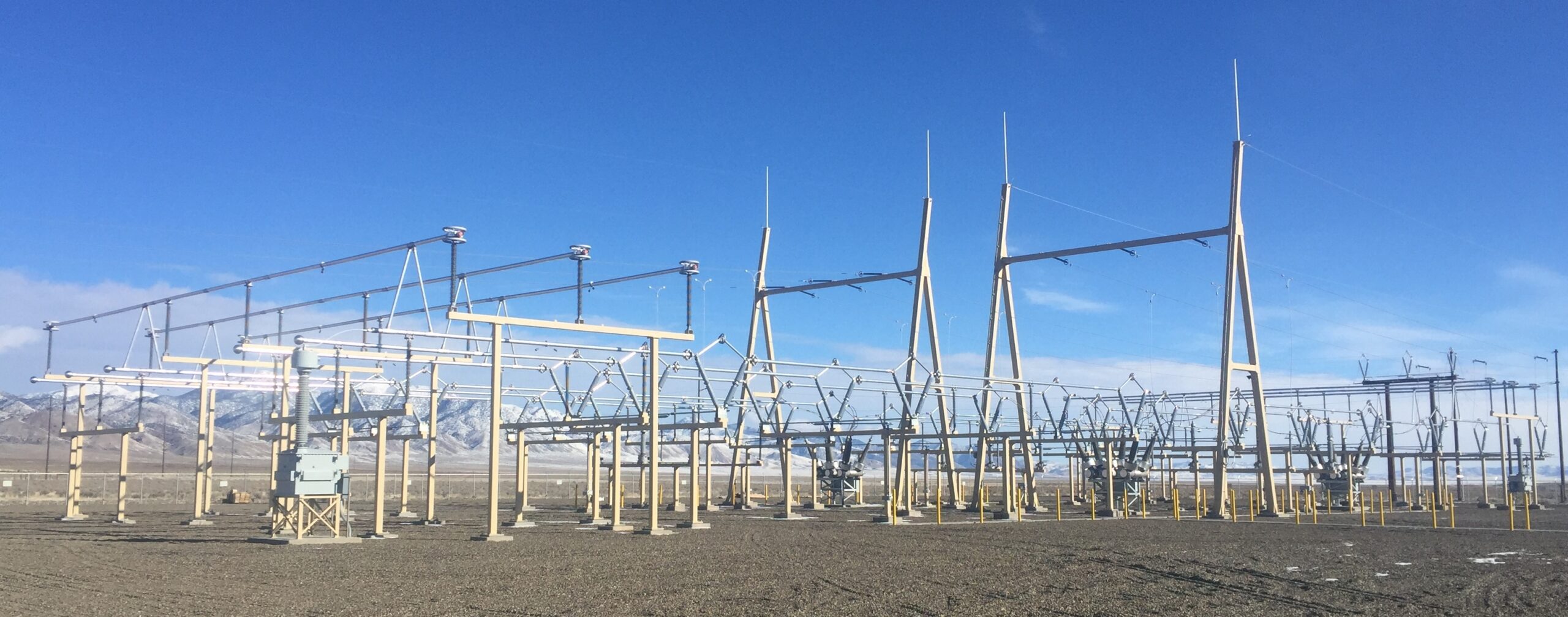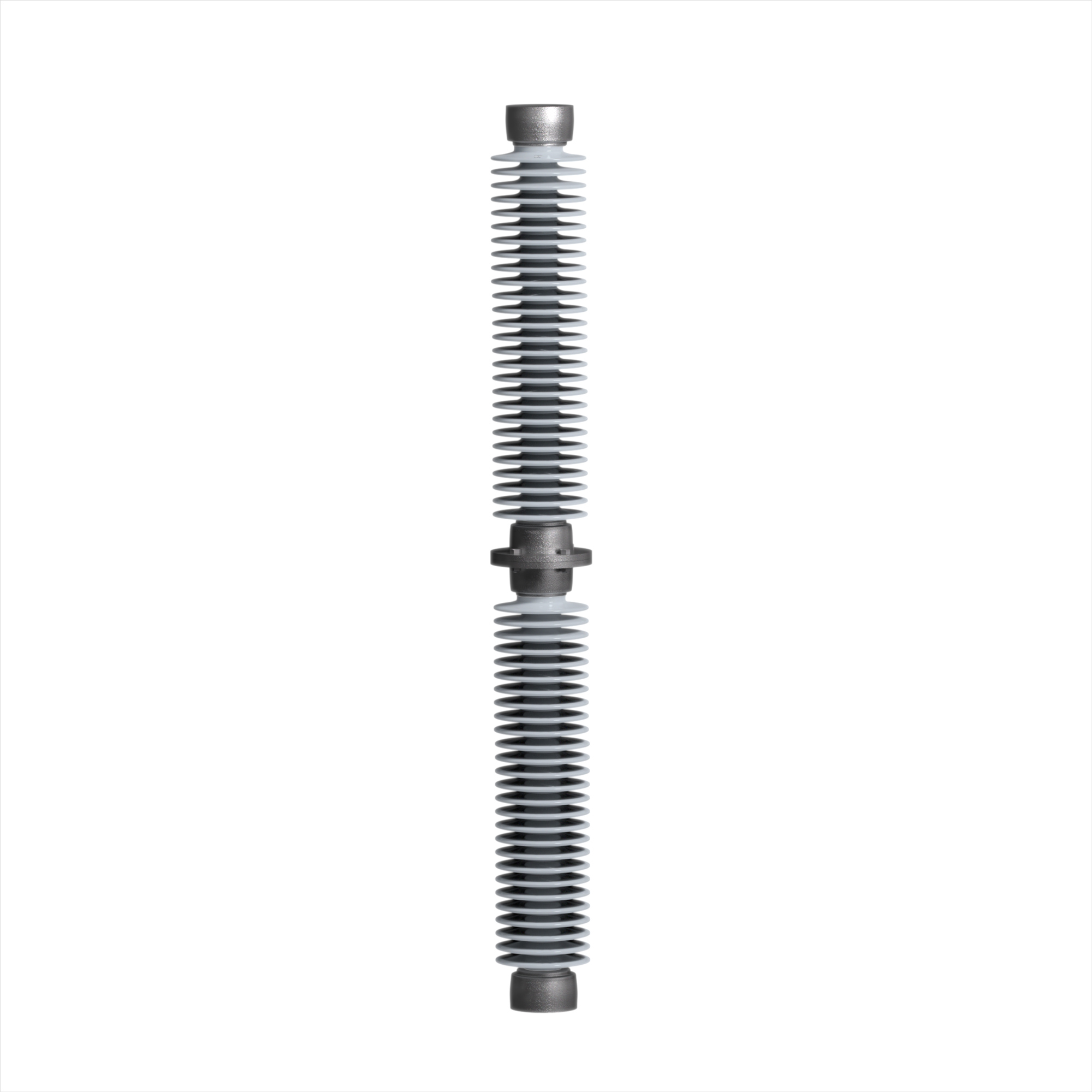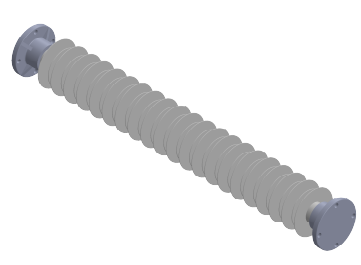When you think of the critical components of an electrical substation, transformers, circuit breakers, and switches might come to mind. However, one key element often overlooked is the station post insulator. These unsung heroes ensure the safety and reliability of the entire system by insulating high-voltage components and supporting mechanical loads. In this blog post, we’ll dive into the importance of station post insulators, explore the various types available, and discuss how they’re tailored for different operational conditions in industrial and utility applications.
The Backbone of Substations: Understanding Station Post Insulators
October 20, 2025
When you think of the critical components of an electrical substation, transformers, circuit breakers, and switches might come to mind. However, one key element often overlooked is the station post insulator. These unsung heroes ensure the safety and reliability of the entire system by insulating high-voltage components and supporting mechanical loads. In this blog post, we’ll dive into the importance of station post insulators, explore the various types available, and discuss how they’re tailored for different operational conditions in industrial and utility applications.

What Are Station Post Insulators?
Station post insulators are essential components used to mechanically support and electrically isolate other equipment in substations. Typically made of porcelain and covered with a protective glaze, these insulators are designed to withstand high voltages while preventing electrical currents from flowing to unwanted parts of the substation. Their primary function is to maintain the structural integrity and safety of the substation, even under severe stress or environmental conditions. The glaze used on these insulators also resists the accumulation of contaminants, allowing for easy cleaning through rain or artificial methods.
How Station Post Insulators Ensure Substation Safety and Efficiency
One of the primary roles of station post insulators is to prevent electrical currents from short-circuiting or grounding in areas where they shouldn’t. Substations are complex environments with numerous high-voltage components. Electrical currents could flow along unintended paths without proper insulation, causing system malfunctions, potential hazards, or equipment failures. The insulators keep everything running smoothly, ensuring electrical systems operate efficiently and safely.
Station post insulators must endure mechanical stress in addition to electrical isolation. They support the weight of electrical components while withstanding environmental factors such as wind, earthquakes, and temperature fluctuations. This dual functionality makes them indispensable in any substation setup.
Different Types of Station Post Insulators and Their Applications
Several types of station post insulators are suited for specific substation needs. Here’s a breakdown of the most common types:
- Non-Stacking Units: These are single-piece insulators that don’t require stacking, making them ideal for lower-voltage applications. Their typical sizes range from TR202 to TR295. They are often used in smaller substations where voltage requirements are lower and complex support structures are less needed.
- Uniform Diameter Stacks: Uniform diameter stacks are commonly used for higher voltage applications. These insulators have a consistent diameter throughout their length and are stacked to achieve the required insulation level. Sizes for these insulators typically range from TR304 and above. They’re perfect for larger substations where high-voltage insulation is crucial.
- Tapered Stacks: Tapered stack insulators save weight and cost while still providing adequate insulation. These stacks comprise posts with varying diameters, offering identical electrical and cantilever ratings as their uniform diameter counterparts but lower tension and torsion ratings. This makes them an economical option without compromising performance in many applications.
- Cap-Pin Replacement: Traditional cap-and-pin insulators have design flaws that make them more susceptible to failure than modern station post insulators. As a result, cap-pin replacement units are often used to retrofit older substations with more reliable station posts. This helps improve overall system reliability and reduces the risk of outages.
- High-Leak Units: In polluted environments, such as industrial areas or coastal regions, insulators are exposed to contaminants like salt spray or chemical particles. High-leakage station post insulators have extended leakage distances achieved through more or larger shed profiles, improving performance and reducing the likelihood of flashovers in these harsh environments.
Tailoring Station Post Insulators to Operational Conditions
Not all substations are the same, and neither are their insulation needs. Depending on the environment, station post insulators are tailored to meet specific electrical and mechanical requirements. For instance, high-leak units with larger shed profiles are used in areas prone to pollution. In coastal regions, insulators with semi-conducting glaze may be necessary to resist the effects of salt spray and airborne particles. These premium insulators are designed for use in contaminated environments, making them invaluable in specific locations.
Additionally, insulators’ strength, material composition, and shed design can be customized to meet the demands of different operational conditions. This ensures that whether a substation is located in an industrial zone, rural farmland, or near the coast, there is an insulator that fits the bill.

Choosing the Right Insulator for Your Needs
Understanding the role of station post insulators in a substation’s operation is crucial to maintaining safety and efficiency. Whether you’re looking for a non-stacking unit for a low-voltage application or a high-leak unit for a coastal substation, Newell’s wide range of insulators is stocked and ready to ship, minimizing lead times and ensuring your projects stay on track. As a trusted provider of high-quality insulators, Newell offers tailored solutions to meet the most demanding electrical and mechanical requirements.
Do you need help selecting the right insulator for your project? Contact Newell today to learn how we can support your substation needs.
Grid Chronicles
The Backbone of Substations: Understanding Station Post Insulators
When you think of the critical components of an electrical substation, transformers, circuit breakers, and switches might come to mind....
Read moreVizimax’s Global Footprint: Powering Reliable Electrical Grids Worldwide
Across more than 40 countries, utility and industrial customers depend on Vizimax’s advanced switching solutions and innovative control technologies to build....
Read moreHow High-Voltage Insulators Ensure Reliable Power Transmission from Offshore Wind Farms
Wind-powered offshore electricity is becoming an essential source of renewable energy for millions of homes...
Read more




















